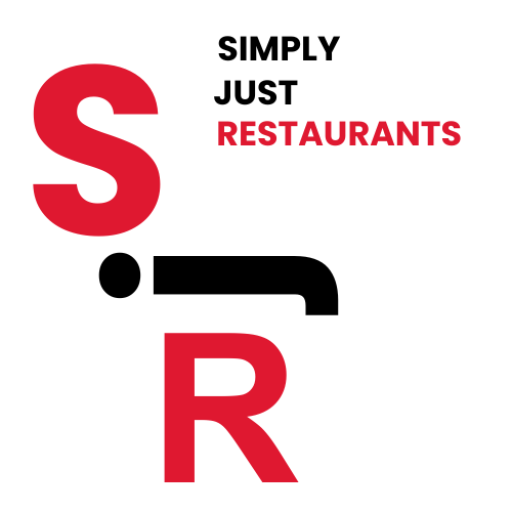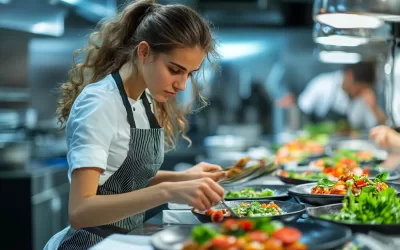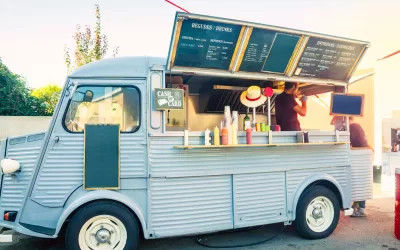Interior design is a crucial element in creating the ambiance and identity of a restaurant. It goes beyond aesthetics, as it directly impacts the dining experience, customer satisfaction, and even operational efficiency. When executed thoughtfully, restaurant interior design can attract customers, enhance their experience, and make them want to return. In this 1000-word exploration, we’ll look at the key principles of restaurant interior design, essential components, and how to create a cohesive and inviting dining space.
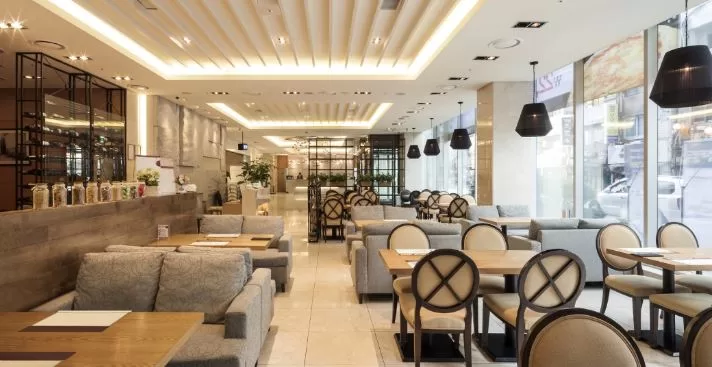
1. Importance of Restaurant Interior Design
-
The interior design of a restaurant serves as more than just decoration. It is a form of communication that reflects the restaurant’s brand, values, and target audience. A well-designed space influences how customers perceive the food, service, and overall atmosphere.
1.1. Brand Identity and Concept
Interior design helps convey the restaurant’s brand identity and concept. Whether the restaurant is upscale fine dining, casual, fast-casual, or a themed eatery, the design should align with the type of cuisine and target demographic. For instance:
- A fine dining restaurant may opt for luxurious materials, muted color palettes, and elegant furnishings to create a sophisticated atmosphere.
- A trendy café may incorporate vibrant colors, quirky artwork, and minimalist furniture to appeal to a younger, more casual audience.
- Ethnic or themed restaurants often incorporate cultural elements, such as traditional motifs, textures, and artwork, to immerse guests in an authentic experience.
1.2. Customer Experience and Comfort
Interior design impacts the overall comfort and experience of diners. The layout, furniture, lighting, and acoustics all play a role in creating a pleasant environment. Comfortable seating, appropriate lighting, and a noise level that allows for conversation can enhance the customer’s dining experience and make them more likely to return.
1.3. Social Media and Marketing
In today’s digital age, Instagram-worthy interiors can significantly boost a restaurant’s visibility. Many customers share their dining experiences online, and a well-designed space can encourage them to take photos and post them on social media, effectively turning your restaurant into a marketing tool.
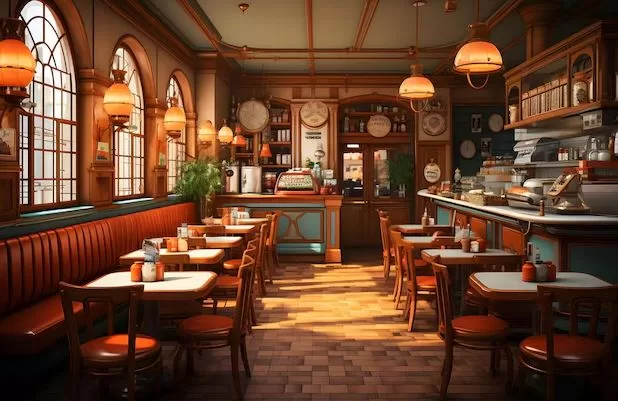
2. Key Elements of Restaurant Interior Design
-
Designing a restaurant’s interior involves multiple elements, each contributing to the overall ambiance and functionality of the space. These include the layout, lighting, furniture, color schemes, materials, and decor.
2.1. Layout and Space Planning
The layout of a restaurant is critical in ensuring smooth operations while providing a comfortable dining experience. It affects how customers move through the space, how servers access tables, and how efficiently the kitchen and front-of-house communicate.
-
Dining Area: The dining area should be planned with both aesthetics and practicality in mind. It should allow for easy movement between tables, and table spacing should accommodate different group sizes while maintaining privacy. For example, booths can provide intimate seating, while large communal tables can create a social and lively atmosphere.
-
Flow and Circulation: The layout should ensure that there is a clear flow from the entrance to the dining area and to the restrooms or bar. Customers should be able to navigate the restaurant without feeling cramped or obstructed by furniture.
-
Kitchen and Service Areas: The back-of-house (kitchen) and front-of-house (dining area) must be designed in sync to allow for efficient food service. The placement of service stations, the bar, and kitchen access points should be strategically located to reduce staff movement and service time.
2.2. Lighting
Lighting is one of the most important yet often overlooked aspects of restaurant design. The right lighting can set the tone of the space and influence how customers perceive their food and surroundings. There are three primary types of lighting to consider:
-
Ambient Lighting: This provides the general illumination of the space and sets the overall mood. Soft, warm lighting creates a cozy, intimate atmosphere, while brighter lights can convey a more casual, energetic feel.
-
Task Lighting: Task lighting is functional and helps staff perform tasks like reading menus, preparing food, and cleaning. It should be subtle and blend seamlessly into the design without distracting customers.
-
Accent Lighting: Accent lighting is used to highlight specific areas or features of the restaurant, such as artwork, architectural details, or the bar. This type of lighting can enhance the visual appeal and create focal points that draw attention.
2.3. Furniture and Seating
The choice of furniture has a direct impact on customer comfort and how long they stay in the restaurant. Furniture should not only align with the restaurant’s theme but also be functional and durable.
-
Seating: Comfortable seating is crucial, especially for fine dining or restaurants where customers are likely to stay for extended periods. Upholstered chairs and booths offer comfort and a sense of privacy, while bar stools or minimalist chairs might be better suited for fast-casual or high-turnover environments.
-
Tables: Tables should be appropriately sized for the dining experience. For example, smaller tables can encourage quicker turnover in casual eateries, while larger, more spaced-out tables create a more relaxed, fine-dining ambiance.
-
Materials: The choice of materials for furniture should balance aesthetics with durability. Wood, metal, and leather are common materials that add texture and warmth while withstanding heavy use.
2.4. Color Scheme
Colors evoke emotions and can greatly influence the mood of a restaurant. Different color schemes can create different atmospheres:
-
Warm Colors (Reds, Yellows, Oranges): These colors are often associated with energy and excitement, making them popular choices for fast food or casual dining restaurants. Red, in particular, is said to stimulate appetite.
-
Cool Colors (Blues, Greens): These colors are calming and often used in fine dining or casual dining spaces that aim to create a more relaxed atmosphere.
-
Neutral Colors (Browns, Beiges, Grays): Neutral colors can provide a sense of elegance and sophistication, making them ideal for fine dining establishments. They also allow other design elements, like artwork or lighting, to stand out.
2.5. Materials and Textures
Textures add depth and interest to the interior design, helping to create a tactile experience. For example:
- Wood: Often used to add warmth and a natural element to the space, wood is versatile and works well in both rustic and modern designs.
- Metal: Metal accents, such as industrial lighting fixtures or metal chairs, can add a sleek, contemporary feel.
- Stone and Tile: Used in flooring, walls, or countertops, stone and tile add durability and can enhance the restaurant’s visual appeal.
2.6. Acoustics
Sound management is often overlooked in restaurant design, but it is essential for creating a pleasant dining environment. Excessive noise can make conversation difficult and lead to a poor dining experience. Materials like carpets, curtains, and acoustic panels can help absorb sound and control noise levels, while hard surfaces like tiles and metal can amplify noise.
2.7. Decor and Artwork
Decorative elements like artwork, plants, and wall decorations personalize the space and reflect the restaurant’s identity. They can be used to reinforce the theme or concept and provide visual interest.
-
Artwork: Choose artwork that complements the overall design theme. For instance, a modern restaurant may feature abstract or contemporary pieces, while a rustic eatery may display vintage or handcrafted works.
-
Plants: Incorporating greenery into the design can soften the space, add color, and create a fresh and inviting atmosphere. Plants can also serve as natural dividers between seating areas, adding privacy without obstructing the flow of the space.
-
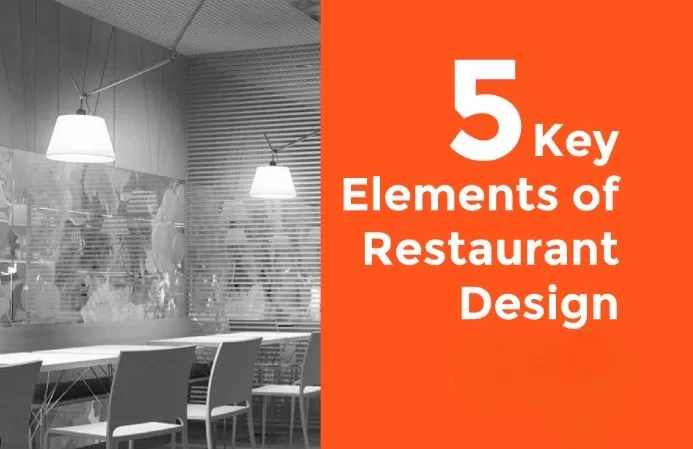
3. Design for Different Restaurant Types
-
The type of restaurant you’re designing plays a major role in how the interior should look and function. Here’s a look at how design considerations vary between different types of restaurants:
3.1. Fine Dining
Fine dining restaurants aim to provide a luxurious and sophisticated experience. The interior design should reflect elegance and attention to detail, with high-quality materials, soft lighting, and comfortable seating. Neutral or dark color schemes often dominate fine dining spaces, creating a serene and upscale atmosphere. Table settings, including linens, glassware, and cutlery, are typically of the highest quality and should complement the overall design.
3.2. Casual Dining
Casual dining restaurants often strike a balance between comfort and style. These spaces are typically more relaxed and may incorporate brighter colors, casual furniture, and playful design elements. The design should encourage longer stays, with comfortable seating and a warm, inviting ambiance. Casual dining spaces often include eclectic or personalized decor to create a unique, memorable environment.
3.3. Fast-Casual and Quick-Service Restaurants
Fast-casual and quick-service restaurants focus on high turnover, so the design should prioritize efficiency and functionality. Bold colors, durable materials, and practical furniture that can withstand heavy use are common. The layout should facilitate quick service, with clear signage and easy-to-navigate spaces that guide customers from ordering to seating.
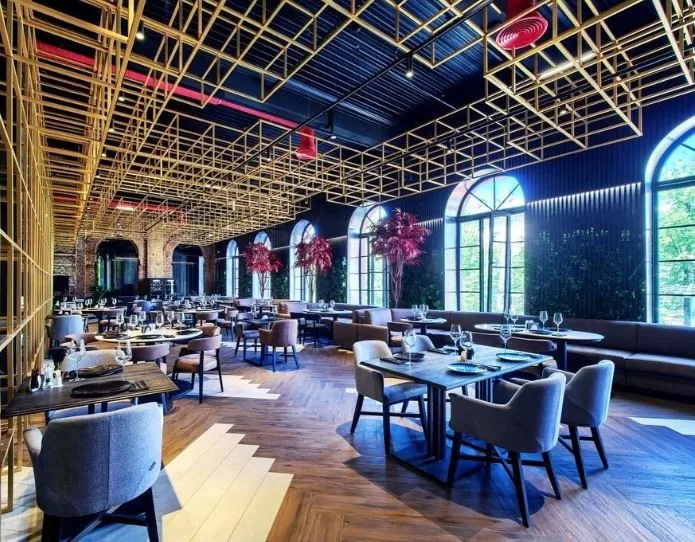
conclusion
Restaurant interior design is a vital component of creating a successful dining establishment. From the layout and lighting to furniture and color schemes, each element contributes to the overall atmosphere and customer experience. A well-designed restaurant not only enhances operational efficiency but also leaves a lasting impression on customers, encouraging repeat visits and positive word-of-mouth. Whether designing for fine dining, casual dining, or fast-casual, the key is to create a space that reflects the restaurant’s brand and concept while providing comfort and functionality for both diners and staff.
About Author sudeshna mukherjee
You May Also Like…
The Ultimate Guide to Hiring a Consultant Chef
Introduction Food trucks or mobile food trucks is an idea that has arrived. But, there is a issues with food safety in...
Food Safety Essentials: Addressing 5 Common Problems in Food Trucks
Introduction Food trucks or mobile food trucks is an idea that has arrived. But, there is a issues with food safety in...

